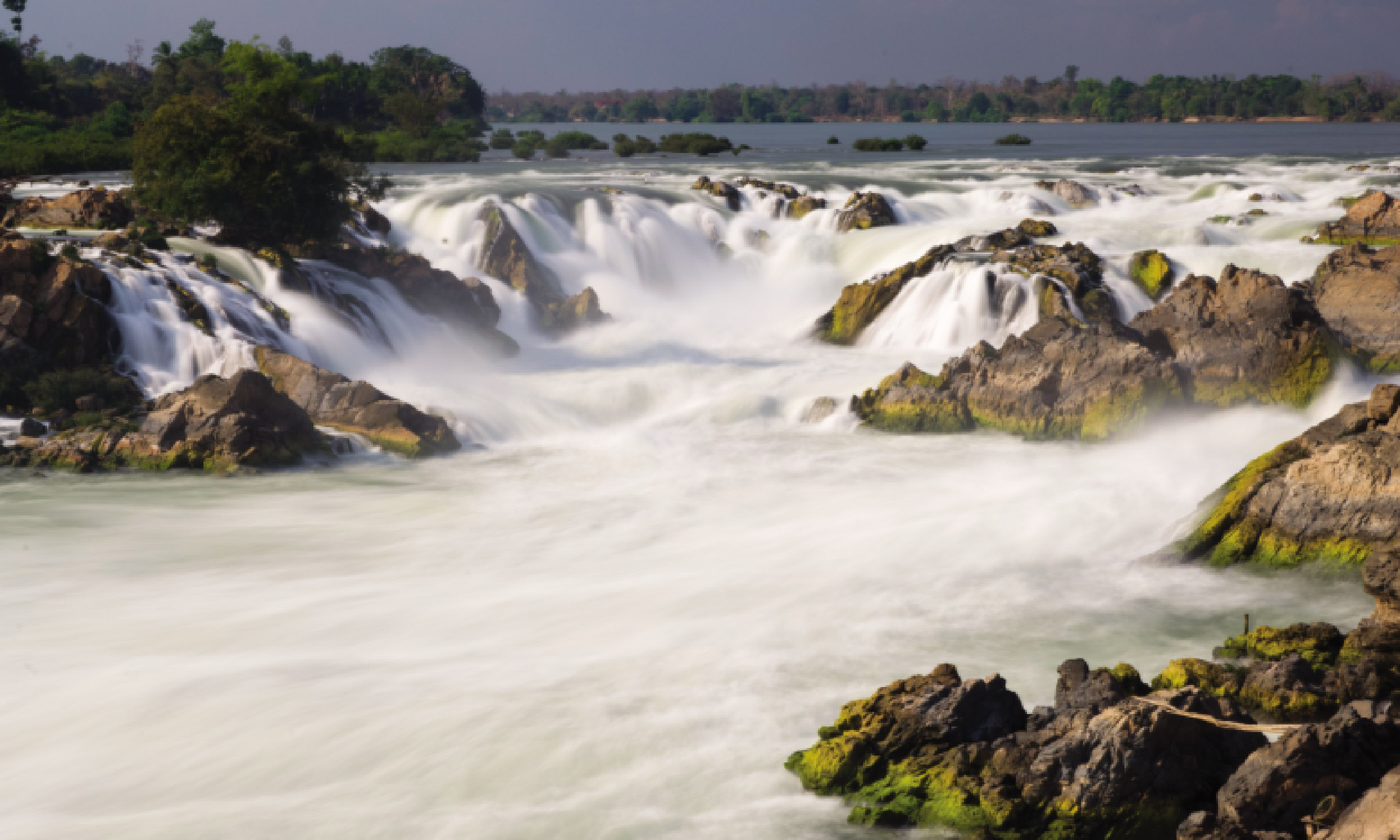
Want to capture a waterfalls on your travels? Wanderlust’s photo expert Steve Davey shares his professional tips
Too many photographers work in automatic, handing over control to their camera. This means the setting choices will tend towards the average. However, your pictures will look more striking and eye-catching if you work in the extremes – and nothing exemplifies this better than the waterfall.To achieve a truly ethereal e ffect you need to use a very long exposure time. Most photographs tend to be shot at exposures of a tiny fraction of a second; to create blur such as this you will need a shutter speed between two and 30 seconds. The longer the shutter-speed the greater the degree of blur.